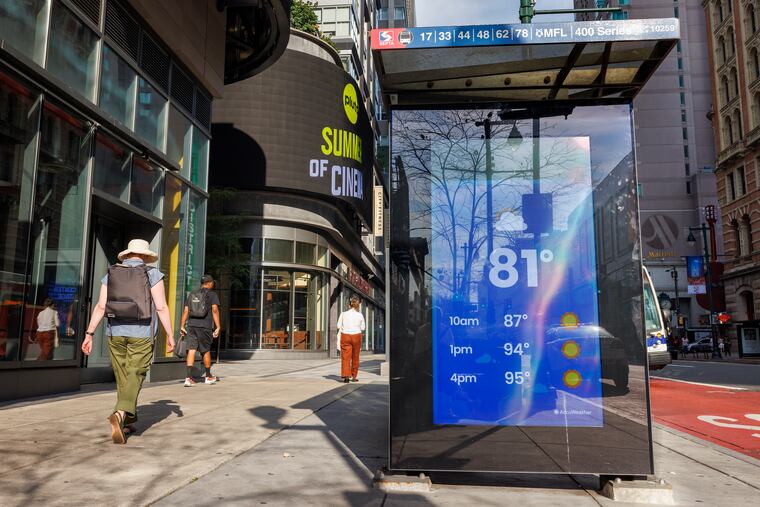1,000+ Philadelphians won’t get cooling help this summer as LIHEAP funds run out
“We’ve never had as many calls as we have received this year," said the CEO of one agency that facilitates LIHEAP cooling services in the city.

“We’ve never had as many calls as we have received this year," said the CEO of one agency that facilitates LIHEAP cooling services in the city.
